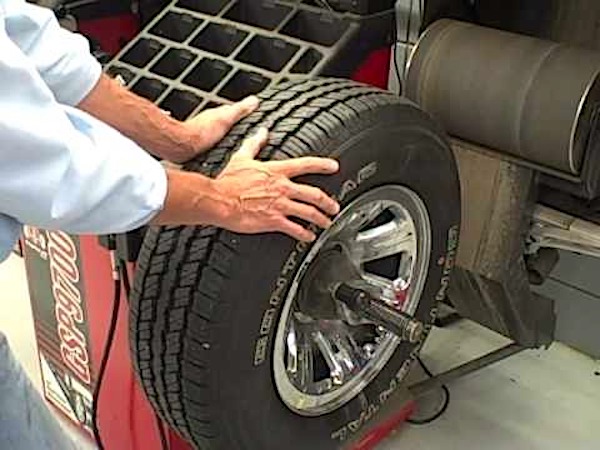Tire alignment, also known as wheel alignment, can help your tires perform properly and help them last longer. It can also improve handling and keep your vehicle from pulling in one direction or vibrating strangely on the road.
Alignment refers to an adjustment of a vehicle’s suspension – the system that connects a vehicle to its wheels. It is not an adjustment of the tires or wheels themselves. The key to proper alignment is adjusting the angles of the tires which affects how they make contact with the road.
There are a couple ways to tell if your car needs a tire alignment. If you've noticed one or more of these indicators, you should have your alignment checked by a licensed service technician immediately.
Uneven tread wear
Vehicle pulling to the left or right
Your steering wheel is off center when driving straight
Steering wheel vibration
When a technician checks your tire alignment, he or she is mainly concerned with three things:
This is the inward or outward angle of the tire when viewed from the front of the vehicle. Too much inward or outward tilt, also known as negative and positive camber, respectively, indicates improper alignment and will need to be adjusted. Worn bearings, ball joints, and other wheel-suspension parts may contribute to camber misalignment.
Distinct from camber alignment, toe alignment is the extent to which your tires turn inward or outward when viewed from above. If that’s confusing, just stand up and look down at your feet. Angle them inward toward the center of your body. When the tires on your car are angled the same way (remember, we’re thinking in terms of birds-eye-view), we call this toe-in alignment. Angle your feet outward and you have toe-out alignment. Both require adjustment.
Your caster angle helps balance steering, stability, and cornering. Specifically, it’s the angle of your steering axis when viewed from the side of your vehicle.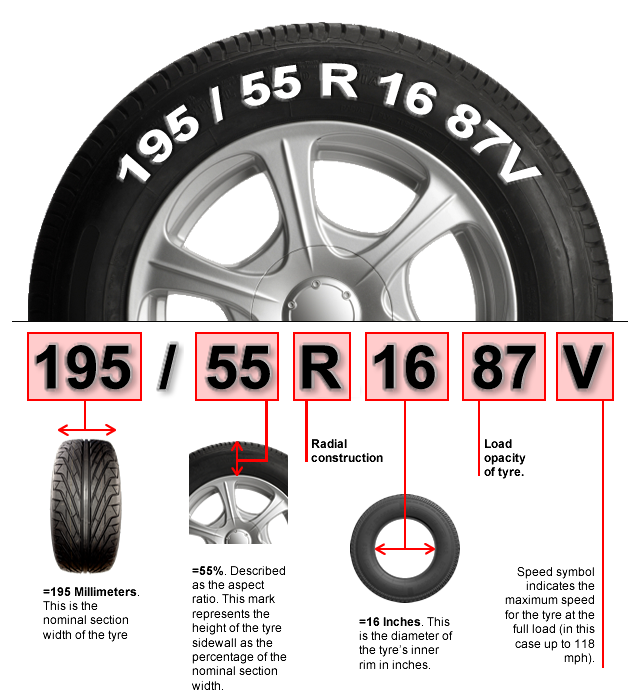 If you have positive caster, the steering axis will tilt toward the driver. Negative caster, on the other hand, means the steering axis tilts toward the front of your vehicle.
If you have positive caster, the steering axis will tilt toward the driver. Negative caster, on the other hand, means the steering axis tilts toward the front of your vehicle.
Improper wheel or tire alignment can cause your tires to wear unevenly and prematurely. Here are some specific types of undue tread wear attributable to misalignment:
Tires are “feathered” when the tread is smooth on one side and sharp on another. This is usually a sign of poor toe alignment.
This strain of tread wear means the inside or outside of the tread is significantly more worn than the center of the tread. As its name implies, positive or negative camber causes this type of wear.
This happens when one side of your tread blocks wears down more quickly than the other in a circumferential direction. When you run your hand over the tread, it will look and feel like saw teeth when viewed from the side. Heel/toe wear could be a sign of under inflation and/or lack of rotation.
Heel/toe wear could be a sign of under inflation and/or lack of rotation.
If you’re experiencing any of these unusual wear patterns, you should have a technician check your alignment. While tire wear prevention is a good reason to keep your wheel alignment in check, the consequences of misalignment can also play out in overall vehicle performance. A car that pulls to one side or steers erratically, for example, probably has an alignment problem.
Distinct from tire alignment, tire or wheel balancing refers to compensation for any weight imbalances in the tire/wheel combination and is often performed in conjunction with wheel alignment. There are two basic types of tire/wheel imbalance that need correction – static (single plane) and dynamic (dual plane).
Static balance addresses balance on only one plane – vertical movement which can cause vibration. A dynamic imbalance, on the other hand, addresses balance in two planes – vertical movement and lateral movement .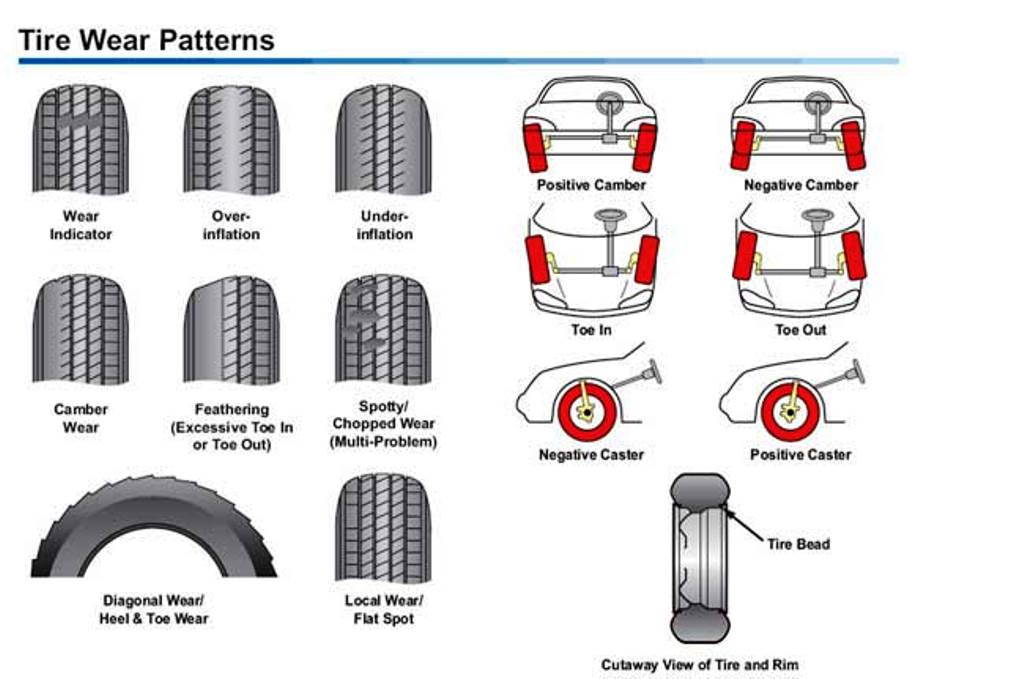 Both types of imbalance require the use of a special balancing machine to help even things out.
Both types of imbalance require the use of a special balancing machine to help even things out.
To begin balancing your tires, a technician will mount them on the correct rims and adjust the pressure to optimal inflation. Then each tire goes on the center bore of a balancing machine. The machine spins the tire at a high speed to measure the wheel/tire combination imbalance. It signals how much weight the tech should add to balance out the tire and the areas where said weight is needed.
Tire balancing is essential for proper tire care for the same reason as wheel alignment: prevention of premature tread wear. Having tires aligned and balanced every 5,000 to 6,000 miles can help maximize their lifespan and overall performance.
By Tom Morr, automedia.com
Difficulty: Difficult
Estimated time: 240 minutes
Most people think that wheel alignment is best left to the professionals. This is true in many respects, but some alignment specs are easy to check yourself, and toe is one aspect of alignment that can be checked at home. This can come in handy after replacing steering or suspension components so that the vehicle won't be wildly out of adjustment for the trip to the alignment shop, or at the very least provide a better understanding of the alignment process.
This is true in many respects, but some alignment specs are easy to check yourself, and toe is one aspect of alignment that can be checked at home. This can come in handy after replacing steering or suspension components so that the vehicle won't be wildly out of adjustment for the trip to the alignment shop, or at the very least provide a better understanding of the alignment process.
Factors affecting wheel alignment
In theory, all four wheels should be perpendicular to the ground and parallel to each other. When the vehicle starts pulling to one side – or after a sharp impact with a curb – most drivers suspect that the wheels might be out of alignment. Irregular tire wear, vibration and odd handling characteristics are other clues.
The three factors that affect alignment are toe-in, camber and caster. The first two can easily be checked at home.
Toe-in
Car front tires are slightly pigeon-toed to intentionally place a very slight load on the wheel bearings. Typical toe-in specs vary from one-thirty-second to one-eighth-inch, depending on the vehicle. Check a service manual for your car's acceptable range.
Typical toe-in specs vary from one-thirty-second to one-eighth-inch, depending on the vehicle. Check a service manual for your car's acceptable range.
The best tip-off to a toe problem is a saw-tooth wear pattern that's equal on both front tires. If the tread blocks point toward the frame, then toe-in is excessive; pointing outward indicates too much toe-out.
Toe-in spec-check and adjustment are shown in the accompanying photos. Although no specialized tools are necessary to check toe, companies such as Eastwood, JC Whitney and Harbor Freight sell tools specifically for this purpose.
Two things to remember when measuring and adjusting toe: First, true spec is measured midway up the tires. If the car's body makes this impractical, take the front and rear measurements one-quarter of the way up the tires, then double that to get the true toe as it would be in the center of the tires. Also, an off-center steering wheel can sometimes be corrected by adjusting one tie-rod more than the other.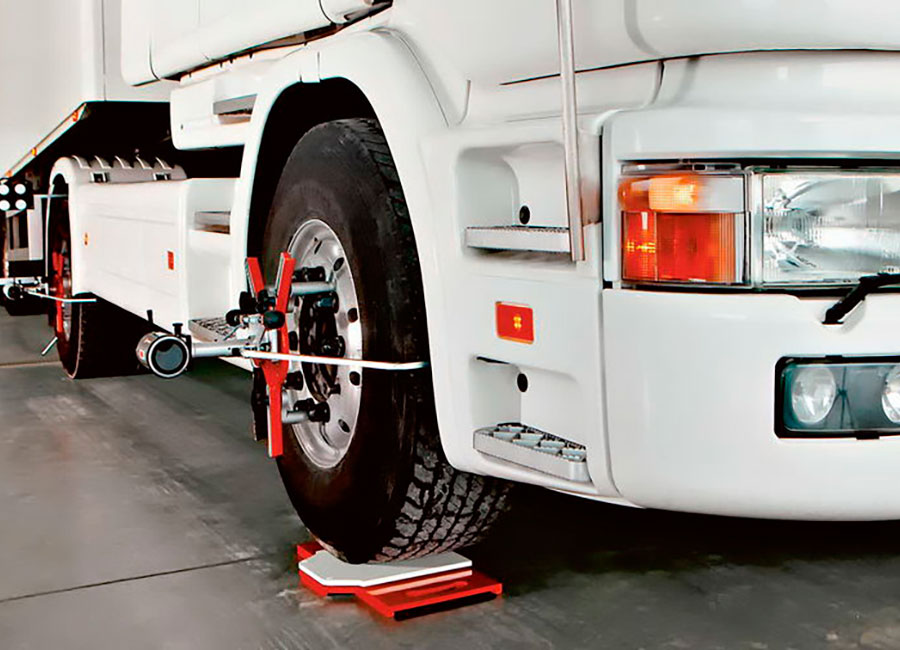 (Steering wheel position has no effect on your final alignment.)
(Steering wheel position has no effect on your final alignment.)
Camber
Camber is the measurement of tire lean in degrees. If the top of the tire tilts inward, the vehicle has negative camber; outward lean is positive camber. Most newer vehicles have slightly negative camber to improve stability and handling.
Two indicators of camber problems are the vehicle pulling to one side (the one with more positive camber or possibly less air in the tire) and uneven tire wear across the tread. Camber is easy to check with an angle finder and a straight edge, ideally one that's the same length as the wheel diameter so that tire sidewall bulge doesn't interfere with the straight edge.
Many front-wheel-drive cars don't have camber adjustments, and out-of-spec camber here often indicates bent or worn parts. On vehicles that have adjustable camber, the job can involve adding shims between the control arms and frame and turning cam bolts. Many people prefer to let an alignment shop make these adjustments, particularly if their car has independent rear suspension.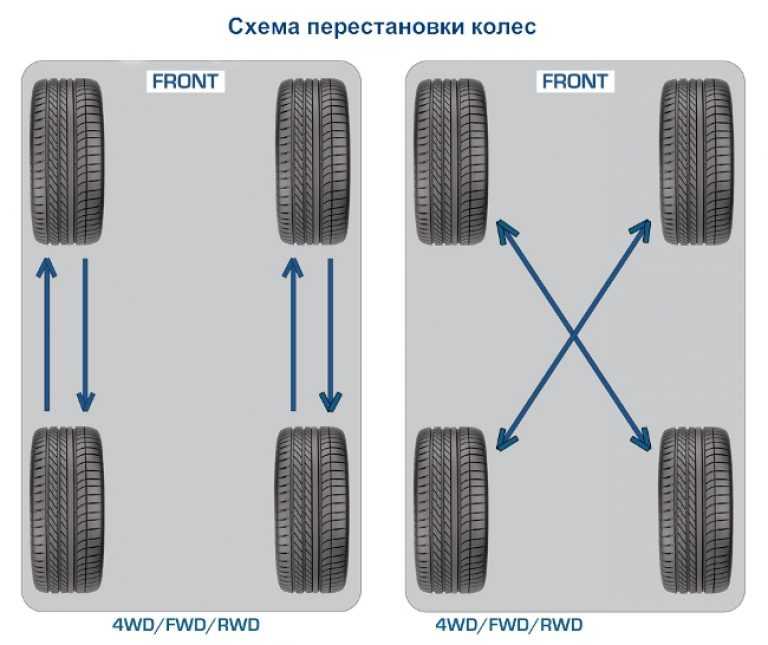
Caster
Caster is the angle of steering pivot in degrees. Just as water-skiers lean backward for stability, most vehicles are designed with slight negative caster – the upper ball joint is to the rear of the lower ball joint (similar to the front wheels on a shopping cart).
A clue to caster problems is the vehicle pulling to one side (the one with less positive caster). Heavy steering and wheel hopping over bumps are signs of too much positive caster, and light steering but excessive wander are clues of too much negative caster. Aligning to spec usually involves repairing or replacing chassis parts, so the average motorist is probably better off leaving caster corrections to the pros.
Taking a few minutes to check your alignment will make your tires last longer and your vehicle handle better. Even if you choose to have a shop align the vehicle, you'll have a better idea of the problem – and knowledge normally equals power.
90,000 why you can’t leave a car with turned wheels untilFresh number
RG-week
Rodina
thematic applications
Union
Fresh number
Category:
Cars 9000.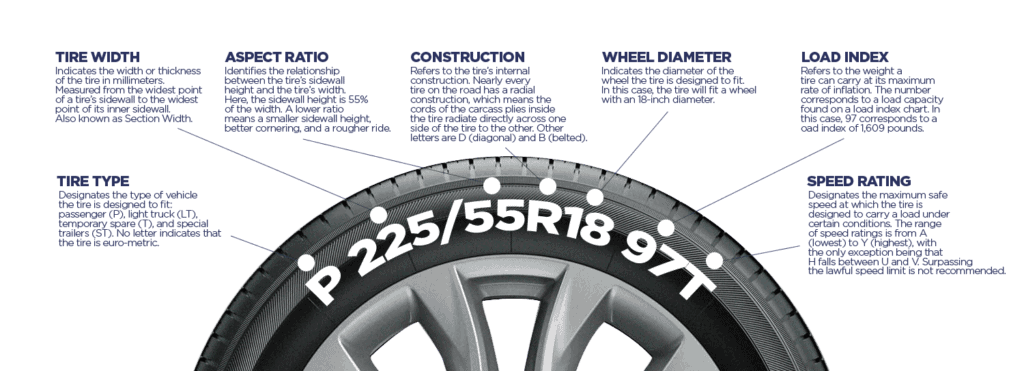 05.2020 16:25 9000
05.2020 16:25 9000
Boris Zakharov
There are a number of situations when it makes sense to leave the car in the parking lot with the wheels turned towards the curb (the opposite direction in relation to the roadway).
iStock
Why experienced drivers practice this twisting is no secret either. In the event of an accident (for example, if another car enters a parked car from behind) from the breakdown of the car from the handbrake, turning the wheels towards the curb is practiced as insurance - if the car starts to move involuntarily, it simply rests with the front wheels on the curb.
Some motorists also believe that a car with the wheels turned out is thus protected from tow trucks (in fact, this is a delusion).
Meanwhile, there is a strong opinion that in some cases it is wrong and even dangerous to leave a car in the parking lot with the wheels turned all the way out. Let's see if this is true.
Indeed, in some cases, turning the steering wheel at a large angle for a long time is undesirable, especially when the power unit is running. To the greatest extent this applies to models equipped with power steering. Indeed, if the wheels are turned to the maximum, and the power unit is running, the power steering (or rather, its rotary pump) will be under increased load due to increased oil pressure in the system. This is fraught with failure of the node.
To the greatest extent this applies to models equipped with power steering. Indeed, if the wheels are turned to the maximum, and the power unit is running, the power steering (or rather, its rotary pump) will be under increased load due to increased oil pressure in the system. This is fraught with failure of the node.
In addition, even with the ignition off, it is undesirable to turn the power steering wheel to the maximum. Yes, when the car is not running, the pumps and other power steering components are not under load. However, the next time you start the engine of a car left with the wheels turned out, an increased load will immediately go to the power steering. Incidentally, this is also indicated by increased engine speed. Therefore, it is not accidentally specified in the manuals for many vehicles that it is not recommended to hold the steering wheel in the extreme position for more than 15 seconds.
In addition, if the oil pipes of power steering machines are old or damaged, if the steering wheel is held at a large angle for a long time, they may burst or crack due to tension.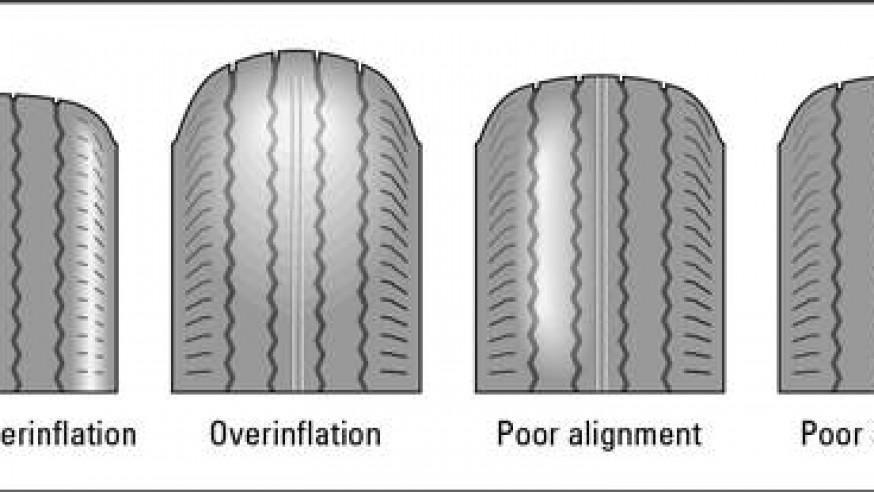
It is also true that during such parking in winter, an additional load falls on the anthers of the joints of equal angular speeds of the wheels (CV joints). Rubber simply stretches and loses elasticity. Over time, it can burst or crack, and then dirt will get inside the anther, which will cause damage to the suspension elements. Thus, owners of cars with power steering should develop the habit of not turning the steering wheel for a long time at a large angle, especially if the car is old.
On the other hand, for cars with an electric booster, parking cars with the wheels turned out is not forbidden. As you know, if in a classic power steering the force is created by pumping pressure in the system with a pump, then in the EUR the turn is carried out due to the operation of the electric motor.
This solution saves the EUR from increased loads when the steering wheel is turned to the maximum. However, it does not protect the anthers of the constant velocity joints of the wheels from excessive tension.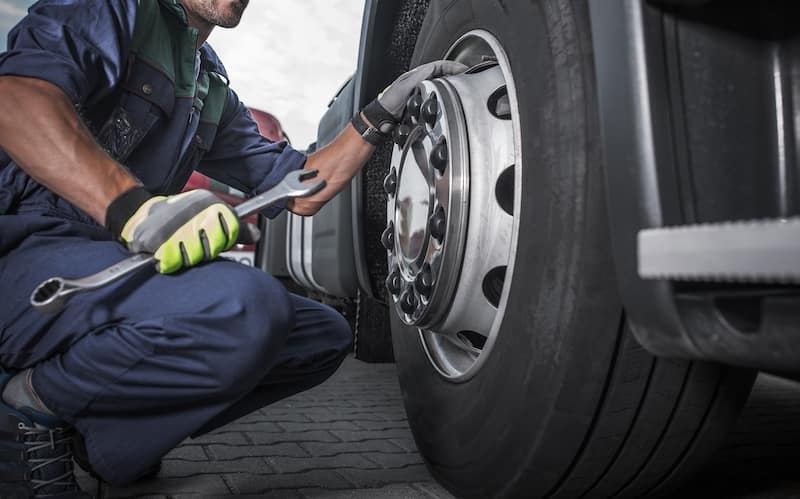 Hence the conclusion - do not leave your car (even if it is equipped with an electric booster) for a long parking with the wheels turned all the way, especially in winter, especially if the car is not new and the rubber steering elements have already lost their former elasticity.
Hence the conclusion - do not leave your car (even if it is equipped with an electric booster) for a long parking with the wheels turned all the way, especially in winter, especially if the car is not new and the rubber steering elements have already lost their former elasticity.
The main thing today is
Ministry of Defense: the Armed Forces of Russia stopped an attempt by a massive attack of Ukrainian drones on Crimea
The head of the Ministry of Energy Shulginov called the advantages of new oil prices
Ministry
The recruitment of volunteers for the Victory Day has started in Russia, it is planned to attract 200,000 volunteers0003
The Parliament of Finland approved the draft law on joining NATO
Eduard Solodin
recently did wheel alignment
Author Profile
Camber, toe and caster are the three main wheel alignment parameters.
They are essential because they are easy to check and adjust. There are many others. For example, ackerman is the difference between the turning radii of the right and left wheels. Additional angle parameters are mainly adjusted on sports cars.
Wheel alignment affects the stability and handling of the car, and hence the comfort and safety of the driver and passengers. The latter is especially important: a car with incorrect wheel alignment during emergency braking can be pulled to the side, and stabilization systems may not work correctly. The most harmless and common problem is rubber. In the spring, it again rose in price, so you should follow this even more carefully than before.
In this article I will tell you what camber, toe and caster are, how often you need to adjust the wheel alignment angles, by what signs you can understand that their parameters have changed. In addition, I will answer questions about whether it is possible to do a wheel alignment yourself and how to choose a good car service.
Camber is the angle between the wheel rotation plane and the vertical. You can see the wrong camber in front or behind the car.
Positive camber - when the top of the wheel protrudes outward from the hub. A car with such a collapse from the factory is most likely a truck or some kind of special equipment. Under load, the wheels stand perpendicular to the plane of the roadway, the camber becomes zero.
Negative camber - when the bottom of the wheel protrudes outward from the hub. A car with such a camber is more stable in turns.
Toe is the angle between the plane of rotation of the wheel and the longitudinal axis of the vehicle. The misalignment is visible from above or below the vehicle.
Positive toe - with the front of the wheels facing in. Negative - when outside.
It may seem that the convergence should be zero, but it is not. If you make negative camber and do not compensate for it with negative toe, the inside of the tire will wear out very quickly.
/auto-album-2/
“Ryazhenka fits in its cup holder”: 10 more cars that we love with all our hearts
Caster is the angle between the axis of rotation of the wheel and the vertical. It is also called the longitudinal angle of inclination.
Positive caster - when the wheel is closer to the front of the car than to the strut attachment point. It helps the car to stabilize the steered wheels when accelerating. The easiest way to think of positive caster on a road bike is that if you pick up speed and let go of the handlebars, the bike will go straight. Positive caster is the norm for modern cars: the peculiarity is that this angle is usually small: more often up to 6°, but can reach up to 10°.
Negative caster - when the wheel is closer to the strut attachment point than to the front of the car. A grocery cart has such a caster: it allows the wheels to easily spin around its axis, making it easier to turn it in any direction.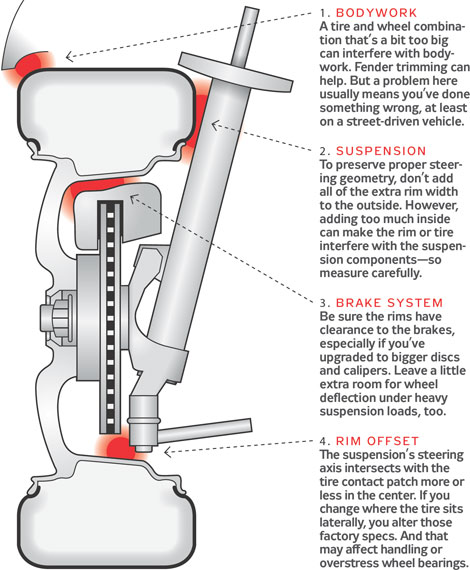
Most of the old cars had a negative caster, for example, the Volga GAZ-21. In this way, it was possible to achieve relatively comfortable control at speed in the absence of a power steering. The steered wheels at that time were stabilized by a different tire design.
/7-first-auto/
"Gives emotions, and everything else is solved": 7 stories about the first car wheels, tire sizes. The settings may vary even for cars of the same model, depending on the configuration and type of suspension.
Not all vehicles can be adjusted to all wheel angles. For example, if there is a beam or a bridge on the rear axle of the car, then the angles of the rear wheels cannot be adjusted. Over time, they will still change due to the deformation of the beam. Sometimes they try to solve the problem with the help of special spacers for the hub or take another beam from disassembly, but this does not always help. The most reliable, but expensive way is to replace the old beam with a new original one.
The most reliable, but expensive way is to replace the old beam with a new original one.
Camber cannot be adjusted in most cases on a MacPherson type suspension. This suspension is found on most modern cars.
Caster is exclusively about steered wheels, that is, almost always on the front axle. On the back, the caster is usually zero. However, it may change after an accident or repair using non-original spare parts. The exception is cars whose rear axle can steer: caster is available as a parameter, but it can hardly be adjusted.
/guide/how-to-buy-new-autoparts/
How to buy new parts and supplies for your car
normal and the same for wheels of the same axle. On different axes, it may vary slightly. Usually, the norm for a particular car is indicated on a special sticker in the doorway or on the gas tank flap.
If the tire pressure is not equal, the machine will pull the wheels with less pressure to the side, even if the wheel angles are correctly set. It is also useless to adjust the wheel alignment angles on a car with broken ball or torn silent blocks of levers.
It is also useless to adjust the wheel alignment angles on a car with broken ball or torn silent blocks of levers.
Also, do not perform this operation before the next tire change - wheel alignment is done on seasonal tires, so take care of "changing shoes" in advance.
/guide/shina-s-probegom/
How to buy used car tires
Some cars need to be loaded before tuning. For this, service stations often use cans of water or sand, the required load is indicated in the car's operating manual.
The wheels on the camber stand run into special turning circles - "pyatak", they are needed to relieve the load from the suspension. At the same time, the wheels do not hang in the air: they are under load and can change the angle. Nickels must move freely along the axis of the wheels and rotate. Measurement accuracy and tuning quality will be seriously affected if the nickels are hard to move: this happens if they are rusted or clogged with sand.
"Targets" are put on the wheels - special sensors with a mirror or glass. A camera is directed at them and reads the position of the wheel. Targets with clamps on the rim take longer to mount and can scratch the metal. A safer option is targets with clamps on the tire.
After that, the master enters data about the car into the breakup stand program: make, model, generation and equipment. So the stand adjusts to a specific car and the specialist understands what angles need to be set. On vehicles with air suspension, for the correct calculation of wheel alignment angles, it is important to measure and enter the clearance of each wheel into the program.
A target is attached to the wheel disk. The nickel in this photo is right under the wheel. Photo: Singkham / Shutterstock Next, the specialist follows the instructions of the program. To calculate the camber angle, the car is rolled back a little and returned to its place. Then rotate the steering wheel left and right so that the program calculates the toe angle. The brake pedal and steering wheel are then blocked to remove the tuning error. The steering wheel should be exactly in the middle relative to the steering rack.
The brake pedal and steering wheel are then blocked to remove the tuning error. The steering wheel should be exactly in the middle relative to the steering rack.
If the wheel angles are out of the normal range, the program will report this and highlight the discrepancy in red.
/ford-focus-2021/
How I bought a 15 year old Ford Focus
There are threads on the tie rods and ends. If you increase or decrease their length, you can adjust the wheel alignment. The master, using keys, adjusts the position of the wheels and sees on the monitor how the parameters change. The setting is so precise that not only degrees matter, but also their fractions - minutes. After correct adjustment, all wheel angles should be in the green zone.
Actual and allowable camber, toe and caster values on the camber stand monitor. Front axle, Skoda Octavia A5 2011. Despite the MacPherson camber, camber can be adjusted by shifting the subframe. In this particular case, the caster will remain red.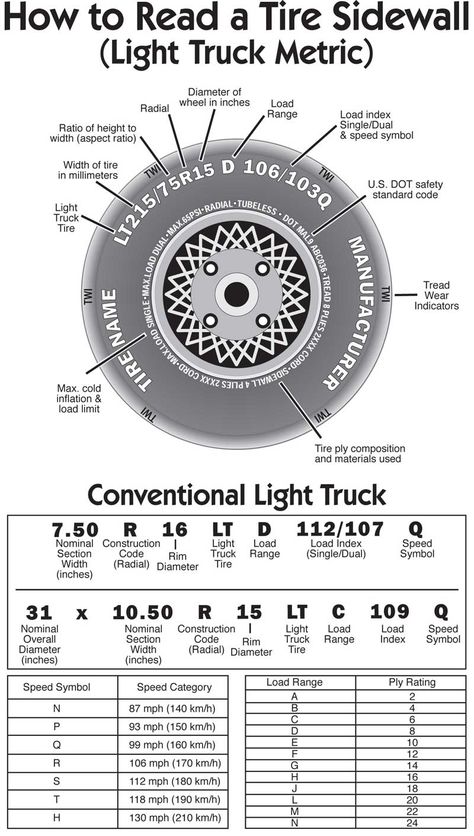 The thread on the steering rods and tips allows you to adjust the toe-in. A similar sheet should be issued when everything is set up. It contains the parameters with which the car drove to the stand, and the result of the work. In this case, wheel alignment was done on the Kia Soul. There is a beam behind, so the readings before and after are approximately the same
The thread on the steering rods and tips allows you to adjust the toe-in. A similar sheet should be issued when everything is set up. It contains the parameters with which the car drove to the stand, and the result of the work. In this case, wheel alignment was done on the Kia Soul. There is a beam behind, so the readings before and after are approximately the same When driving, the car pulls to the right or left. There can be several reasons - from the slope of the road and a flat tire to the need to replace the steering rods or wheel bearing. But most often it is the adjustment of the toe-camber that helps to return the correct trajectory of the car. It is easy to check this: on a country road where there are few cars, on a flat and straight section of the road, release the steering wheel and follow the behavior of the car. He must drive in a straight line without pulling to the side, wobbling and taxiing.
Wheels are straight, handlebars are not. Occasionally, the steering wheel will move slightly to the left or right of center, usually after a suspension repair or a hard hit from the wheel.
The tire wears unevenly. For example, the inside of the wheel is worn more than the outside. This happens with negative camber and convergence. If positive, the outer part of the wheel wears out. In order not to throw away such rubber, as an operational measure, it is permissible to change the tires in places so that the wear goes to the remaining part of the tread. But it is better to adjust the wheel alignment and get rid of this problem.
/guide/rezina/
How to choose tires for a car or crossover
Due to alignment problems, the inside of the tire has worn down to the cord Seasonal. Ideally, wheel alignment should be done during a seasonal tire change. Especially if you have wheels with different parameters for different seasons. For example, for summer - 19 inches with low-profile tires, for winter - 17 inches with regular tires.
Especially if you have wheels with different parameters for different seasons. For example, for summer - 19 inches with low-profile tires, for winter - 17 inches with regular tires.
By mileage. Wheel alignment is recommended every 20,000 km. Natural wear of suspension parts can lead to changes in wheel alignment.
As needed. If the car hits a hole at speed, the settings may also go wrong. When after that the car starts to pull to the side, the rubber wears out unevenly, the position of the steering wheel has changed - it is necessary to do convergence-camber.
/serious-damage-stories/
“Lucky we didn’t get on the track”: 10 stories about serious car breakdowns
Chassis repaired. There, some components affect wheel alignment, others do not, but camber is often necessary in any case. Here is an example: the stabilizer links should not affect anything, but there are cars on which you have to remove the subframe for this, which means that you will have to do wheel alignment.
It is also important to remember that non-original parts may differ from the original in geometry. Because of them, settings that cannot be adjusted can be seriously lost.
Theoretically, you can try. But still, I recommend contacting a service that has the necessary equipment. Electronic measurements are very accurate, in them the parameters are tracked to fractions of a degree - minutes. With self-measurement, the error can be large. In addition, before this, you need to find out the factory parameters of the suspension.
Usually in garage conditions, to adjust the angles, the thread is pulled along the length of the machine parallel to the wheels. Next, set the wheels evenly and measure the distance from the disk to the thread at two points, if it is different, this wheel needs to be adjusted.
8 components and fluids in a car that should be monitored after the end of the warranty
Another, old-fashioned, way to adjust the toe-camber is to put a level on the disk and see how much the air bubble deviates in the liquid. Such a setting is also approximate and is permissible only if it is not possible to contact a professional service.
Such a setting is also approximate and is permissible only if it is not possible to contact a professional service.
Suspension diagnostics is the first thing that will be offered at a good service station. If there are any backlashes in the running gear of the car that should not be, then it is pointless to do the alignment-camber.
Stand calibration. For accurate diagnosis and tuning, the alignment stand must be calibrated. Ask at the car service when the stand was last calibrated, if there are any supporting documents. Such calibration should be carried out regularly, but some service stations save on this. It's great when a service station has its own equipment for calibration.
Experienced craftsman. A good result depends on the master. It is not enough to enter the name of the make and model of the car into the program; even the year of manufacture and body marking can affect the accuracy of the settings. Inexperienced tuners may not take this into account.
Inexperienced tuners may not take this into account.
A good mechanic will ask when the suspension was repaired, what parts were used, check the condition of the tires and ask about the behavior of the car on the road. He will also make sure that the steering wheel is level.
/guide/detailing-in-details/
Car detailing: what is it, what is the use of it
If non-standard wheels were installed on the car or the suspension was tuned, then the standard angle standards for this model are no longer suitable. Therefore, the alignment-camber for such cars should be done by a master with extensive experience who will not be guided only by the green zones on the monitor of the breakup stand.
It happens that a good specialist will be able to set corners in cases where other craftsmen fail, simply because he knows the features of a particular make or model. For example, he will advise you to buy special bolts instead of those that were installed during the suspension repair just by eye.
Documents and warranty. Good car services give a guarantee for their work and provide the client not only with a cash receipt, but also with a printout of the wheel angle parameters before and after adjustment. First of all, the master needs this: the next time the car drives into the stand, he will already know the background.
The cost of wheel alignment services depends on the level of equipment of the service station and the region in which the service is located. Approximately this is 1500-3500 R.
